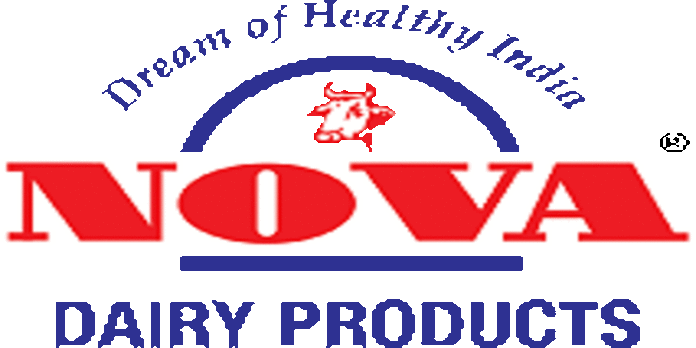
Passionate in Marketing caught up with Mr. Ravin Saluja, Director at Sterling Agro Industries Limited. on World Environment Day
How the dairy sector is contributing to Indian Economy?
Given its substantial economic impact on India, the dairy industry is essential to the growth and development of the entire nation. It helps the nation’s food security and offers millions of people work possibilities, particularly in rural areas. The sector’s expansion has cost the environment significantly, as seen by rising pollution and greenhouse gas emissions.
What are the challenges and opportunities in dairy farming?
India’s dairy business is huge and diverse, with more than 75 million farms dispersed throughout the nation. These farms range in size and purpose from modest subsistence farmers to substantial industrial operations. The sector’s distinctive characteristic is that it is dominated mostly by smallholder farmers who only have a few cows or buffaloes, which are both opportunities and problems for reducing emissions. For a number of reasons, the dairy industry must reduce emissions. First and foremost, it’s critical to reduce climate change and the environmental damage caused by dairy production. Second, dairy firms’ ability to cut emissions can give them a competitive edge and help them meet the growing consumer demand for eco-friendly goods. Finally, farmers may save money by cutting emissions.
How dairy sector can help India reach its net-zero goals?
After leading a dairy business for half a decade, I’ve come to understand the enormous contribution dairy technology can make to reducing emission levels throughout the nation. Despite the fact that there are many ways to reduce this sector’s emissions, I think one of the key ways the dairy industry can aid India in achieving its net-zero targets is by lowering emissions from enteric fermentation. Methane is a result of enteric fermentation, a natural digestive process that takes place in the stomachs of cows and other ruminants. Methane is a powerful greenhouse gas with a potential for 28 times more global warming than carbon dioxide. India’s methane emissions from the dairy industry account for about 30% of all emissions.
What safety measures are taken by the dairy sector towards cows and buffaloes?
Enhancing the calves’ and buffaloes’ feed quality is one strategy to lessen enteric fermentation. It has been demonstrated that high-quality feed, such as legumes and pasture, can increase animal health and productivity while reducing methane emissions by up to 30%. Similar to how probiotics and enzymes can reduce methane emissions by up to 20%, some Indian farmers have already reported a 15% drop in emissions thanks to feed additions like these. However, extensive funding for research and development, adjustments to farming methods, and support from both the public and commercial sectors are required to promote the widespread implementation of these strategies.
Utilizing renewable energy sources is another strategy for lowering emissions, in addition to enhancing feed quality and employing feed additives.
What are the ways to reduce the carbon footprint of the Livestock industry?
Animal waste can be converted into biogas by farmers using biogas digesters, which can then be utilised as a source of energy for cooking and heating. This decreases the need for fossil fuels while also reducing methane emissions from animal faeces. Further reducing greenhouse gas emissions, farm operations can be powered by clean, renewable energy sources like solar and wind power. Although we have observed a significant initial investment in renewable energy technology, the long-term advantages can offset the expenditures by lowering operating costs and offering a dependable supply of energy. Overall, enteric fermentation can be lessened and the carbon footprint of the livestock business can be decreased with the help of increased feed quality, feed additives, and renewable energy sources. Additionally, I think it’s vitally important for the dairy business to concentrate on lowering emissions during milk procurement. Since milk is a common product and is purchased in large quantities, lowering emissions along the milk purchasing value chain can have a major impact on emissions. According to studies, it is possible to reduce emissions by 10% to 50% compared to traditional procurement methods by encouraging the purchase of local milk and funding environmentally friendly transportation solutions. Encouragement of farmers to adopt sustainable practises, such as powering their milk chilling and storage facilities with renewable energy sources, can also aid in lowering emissions.
What are the initiatives taken by Nova Dairy for environmental sustainability?
The only dairy company in India with a positive carbon footprint is now Nova Dairy. The company has achieved this milestone because of its use of wind and solar energy for electricity production, which helps reduce the amount of carbon dioxide and carbon monoxide that cattle produce in the environment.
Sustainable environmental practices are important to Nova Dairy’s corporate culture. By employing wind energy, the business has helped the environment in addition to reducing its carbon impact.
